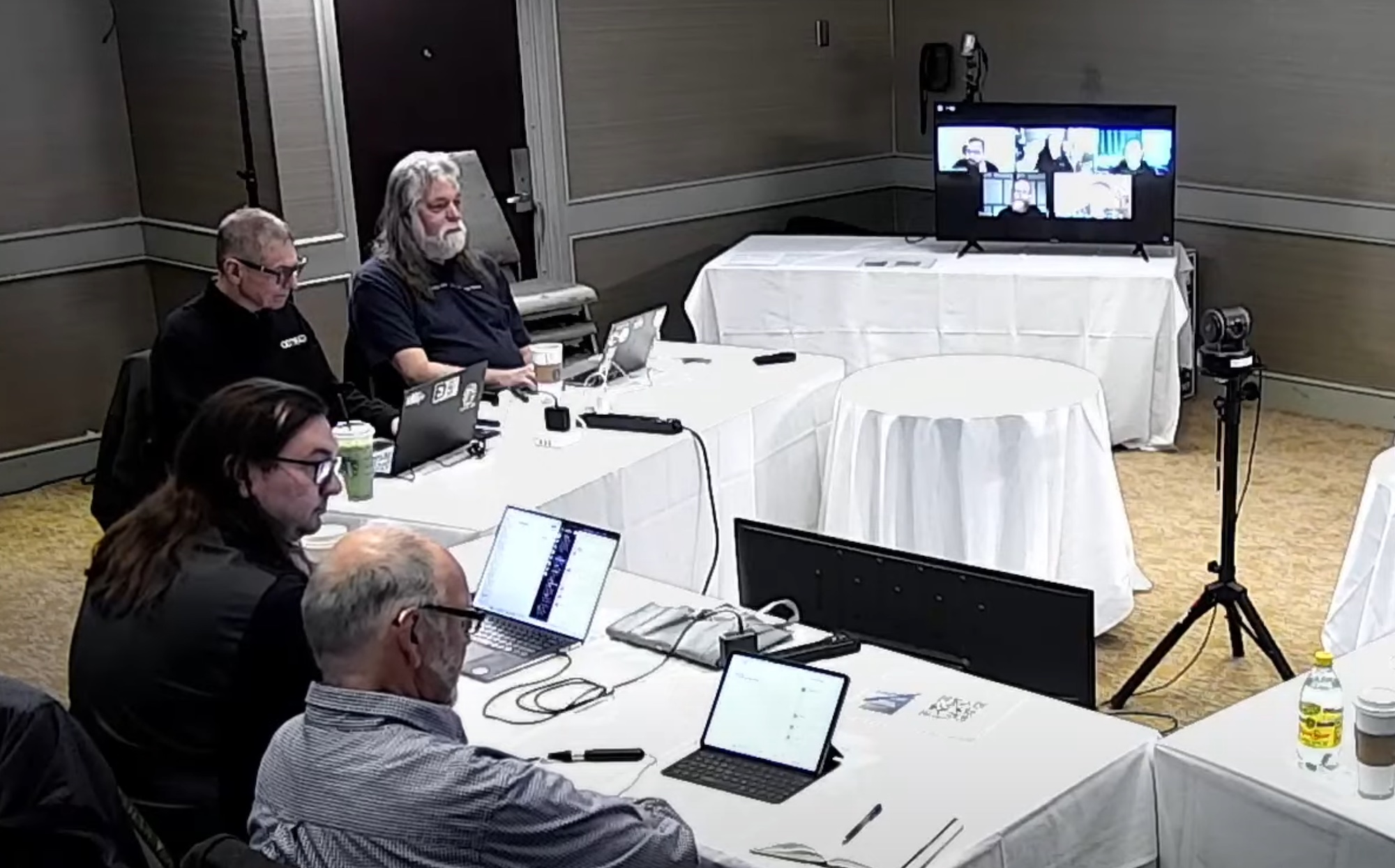Object storage is a massively popular as a means of storing multiple types of data. The elasticity of object-based storage in conjunction with its efficiency, ease of management, and durability makes it an attractive offering for multiple types of applications. The primary use case that object storage was created and is primarily used for is cloud native applications. However, for all the reasons previously mentioned, object storage has been an attractive solution for multiple use cases in enterprise IT.
Not a Silver Bullet
For all of its advantages though, object storage is not well suited for every enterprise use case. Applications or workflows that depend on a file system are not well served by object storage, nor are highly transactional workloads. Additionally, object storage is most performant when the applications and users that are using it are close by. This makes it less practical for mobile and geographically dispersed workforces.
We have seen a few products crop up over the years that attempt enable use of object storage in nontraditional ways. These solutions usually use a VM or appliance that acts as a gateway or cache. While this type of approach is useful for certain use cases, it is not necessarily optimal for all. It is particularly ill-suited for the mobile and geographically dispersed workforces previously mentioned. Recently at Cloud Field Day 6, we heard about a new approach to leveraging object storage in the enterprise from LucidLink.
Introducing Filespaces
Using LucidLink’s Filespaces technology, customers are able to create object storage-based file namespaces for various uses and leverage their client to stream files as needed to endpoints. These endpoints can be user’s desktops or laptops, but they can also be application servers or even possibly IoT devices should the device manufacturer choose to include the Linux client in the device’s image (x86 or ARM).
This is a key differentiator behind LucidLink’s service. There are only two customer requirements when it comes to setup responsibilities:
- Client installation on any endpoint that needs access to the file namespace.
- Object storage that will back the file namespace.
Beyond these two requirements, customers are not responsible for any of the infrastructure that backs the LucidLink architecture. Its solution is delivered as a service by LucidLink themselves. The entire architecture was explained by LucidLink co-founder and CTO George Dochev during his session at Cloud Field Day.
A Clear Difference
Overall, the decentralized nature of LucidLink’s Filespaces is the differentiating factor. There are plenty of other solutions on the market that allow you to present object storage to your workloads in a file system or protocol that they understand. These solutions almost universally used a gateway or cache appliance/VM that is installed and maintained by the customer themselves. Where this model begins to break down is when you have a decentralized workforce for whom the latency penalty of a centralized storage solution could be a problem. This may not be the case for everyone, but for organizations with a distributed and mobile workforce, Filespaces could be a potential game changer.
Another great use case for Filespaces that LucidLink has recently decided to pursue is Managed Service Providers. With the recent unveiling of the LucidLink MSP program, MSPs can offer the platform to their customers for multiple use cases including providing a backup target to customers, file archive, or NAS as a service. As with any true MSP offerings, LucidLink is providing multiple pricing options including the option to purchase storage alongside their LucidLink licenses or bring their own storage to the service.
Ken’s Conclusion
Using object storage for new purposes is not necessarily new within enterprise IT. However, creating a product that decentralizes access to file namespaces backed by object storage is a much different approach to many of the solutions we have seen before. As with any technology, this is not a silver bullet that will solve all storage problems and organization will face, but will likely solve a number of common use cases. In fact, it wouldn’t be surprising to see customers come up with new use cases for LucidLink’s Filespaces that the company has not yet thought of themselves.





